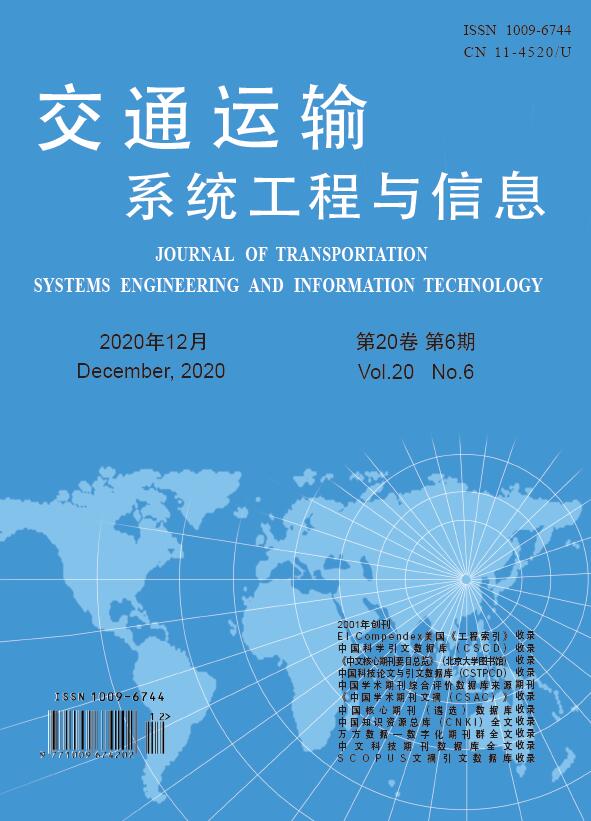Under the background of technology promotion to achieve speed improvement, the impact of speed on passenger transport is analyzed in this paper. Firstly, the speed improvement of railway transport, air transport and road transport in history and the associated technology promotion are reviewed systematically. Secondly, with the rich connotation of speed, the basic characteristics of the passenger transport market are investigated from the perspective of speed reliability and rapidity. Then, with the speed improvement in the future, the position of different transport modes is explicitly analyzed, and the utility function of different travel modes and passenger's generalized travel cost is put forward based on different transport markets, and the evolutionary game theory and the Logit model are utilized to analyze the impact of speed improvement on transport structure of different passenger transport market. Several points have been concluded as below. Firstly, the most important factor related to traveler's choice is the door to door time which comprises the in-vehicle time and the time spent at the origin, transfer and destination points. Secondly, the structure of the transport market can be changed by speed promotion of different travel modes, transfer efficiency, and time reduction at origin, transfer and destination points. For short-distance trips, shortening time at origin transfer and destination points would significantly influence transport structure; whereas for long-distance trips, speed promotion may have a greater impact on transport structure. The market boundary is less than 800 kilometers between the high-speed railway with a maximum speed of 250 km/h and the civil aviation, but the boundary may be changed to about 1 200 kilometers for the high-speed railway with a maximum speed of 350 km/h. Thirdly, the reliability of speed has a significant impact on commuting passenger flow in urban areas. Fourthly, though science and technology are an important support to speed promotion, it is worthwhile to pay more attention to the economy and market purchasing power behind the realization of speed technologies. Finally, the research on the pricing of differentiated products related to speed is the key to promote transport operators to provide more efficient travel products.


